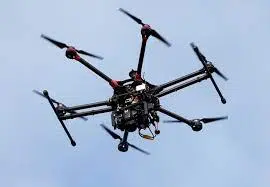
file photo (Reuters)
On your typical day in the United States, there are about 8,500 unmanned aircraft flying in the air, which is just a taste of things to come if the ambitions of the tech industry are any indication, as companies like Amazon dabble in drone delivery. Most of those are recreational drones, but if they do become commercially applicable, those numbers can get higher. The question then becomes how one can track that newly dynamic airspace and prevent mishaps or collisions. The NASA Aeronautics Research Institute spearheaded an effort that has grown into UTM, a system where drone operators share their intended flight paths with one another through a centralized network to ensure that a potentially crowded airspace under 400 feet doesn’t get too choppy.




Comments